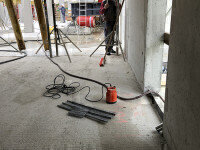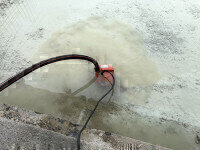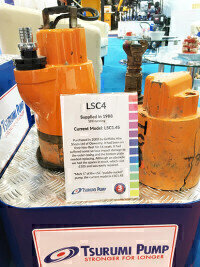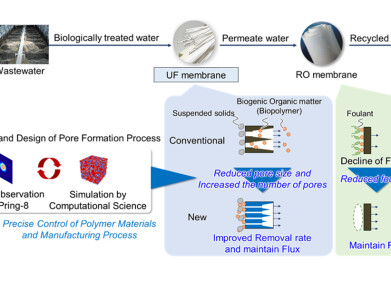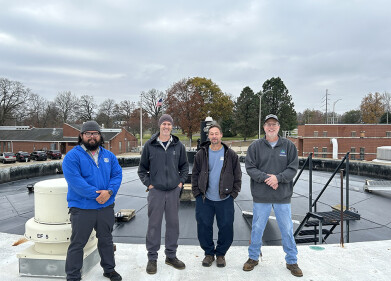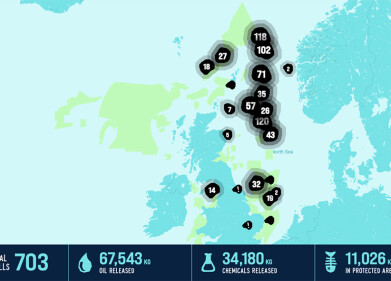-
 This LSC (first model generation) was in use since 2002, only recently a few small parts had to be replaced
This LSC (first model generation) was in use since 2002, only recently a few small parts had to be replaced -
 When dirty water is standing and disturbing, residual dewatering pumps help to remove it
When dirty water is standing and disturbing, residual dewatering pumps help to remove it
Water/Wastewater
Removing water from Flat surfaces
Nov 05 2019
If you want to remove water from flat surfaces, Tsurumi pumps give you more choices than many people know: With minimal accessories, three submersible pumps become real residue dewatering masters. An "ancient" rental pump in the UK recently proved how good the design is.
With the special pump LSC, the Japanese company has a mature and thorough flat residue dewatering pump in its range, which is standard equipment for many fire brigades and businesses throughout the world. Not without reason: With a dry weight of only 31x19 cm and 12 kg, the compact helper moves 170 litres of dirty water per minute and pumps up to four floors. When the job is done, all that remains is a damp breath: no other pump can handle less than a millimetre of residual water.
The only requirement is a level surface for placement, for example inside of a building or on a solid external surface. Because the 480 watt LSC has a return stop, water that has been drawn in does not flow out again. The mechanism operates as quick as a flash, so it also works when the pump is moved in action to another place. But what if water has to be extracted from narrow shafts or inaccessible places? There is now an adapter plate with hose coupling that is mounted on the suction opening: The result is a highly mobile water remover that can go anywhere.
If, on the other hand, you operate Tsurumi's smallest universal pump Family-12, you can also get more out of it. Within a few minutes, it becomes a miniature, flat-suction special pump. All you have to do is mount the included suction ring. In this way, it also removes water to the physical minimum of one millimetre. This universalist is so small it could hide behind an iPad. Nevertheless, it can handle up to 80 l/min or pump over a height of six meters.
The "real" HS2.4S wastewater pump from Tsurumi's professional construction pump range plays in a different league. With its spiral housing, it copes very well with sandy water or sludge. Positioned on the floor, it removes water down to 25 mm. However, if the user installs the separate floor suction plate, the HS draws off the water to a residual height of five millimetres - leaving only a shallow puddle. Dry running, i.e. when no more water (for heat dissipation) is pumped, does not bother the HS.
The examples show that it is easily possible to get more out of a pump than expected. On the technical side, the Japanese pumps are designed for many years of operation. The proof was recently provided by a dealer in the UK who had the LSC in his rental business: After 16 years of operation the pump had to go out for maintenance for the first time - but was made operational again with spares for about 100 Euros just within a day.
Events
Apr 15 2025 Moscow, Russia
Apr 21 2025 Shanghai, China
May 11 2025 Vienna, Austria
May 18 2025 Algiers, Algeria
23rd International Water Management Exhibition
May 20 2025 Prague, Czech Republic

